
Hello friends
In this post, we will talk about exploring another interesting place that I visited during the FAI days in Lonato del Garda, a small town located south of Lake Garda. Today I want to introduce you to the Casa del Podestà, located a few meters from the Civic Tower, which I talked about in the previous post, and which represents an important place linked to the figure of Ugo da Como, a great intellectual of his time who transformed this house into a museum.

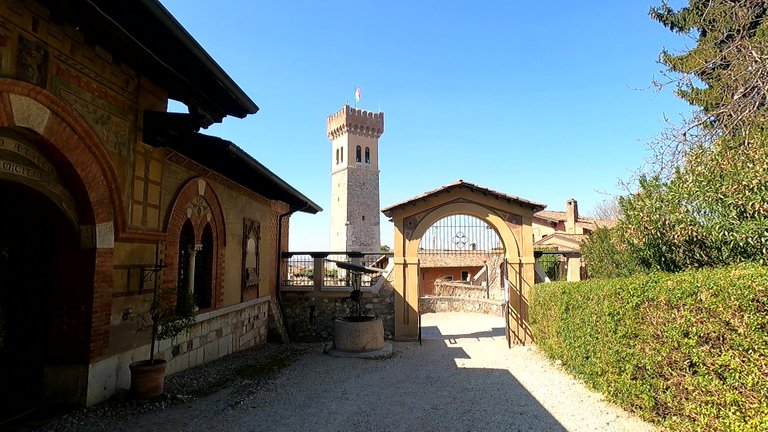


But who was Ugo da Como? Ugo da Como was an Italian politician, born in Brescia and died in Lonato. His life was very interesting: coming from a wealthy family in Brescia, he studied law in Rome and frequented socialist circles, becoming friends with many important people of the time, including the famous Francesco Glisenti, owner of one of the largest metallurgical companies in Brescia, whose daughter he married. Ugo da Como held numerous political positions, from the role of councilor of the city of Brescia to that of deputy of the Republic, also becoming Undersecretary. However, when Mussolini came to power, he decided to retire from politics and dedicate himself to life within this house-museum. In the last years of his life, in fact, he dedicated himself to the creation of a "Citadel of Culture" in Lonato and to research and study.
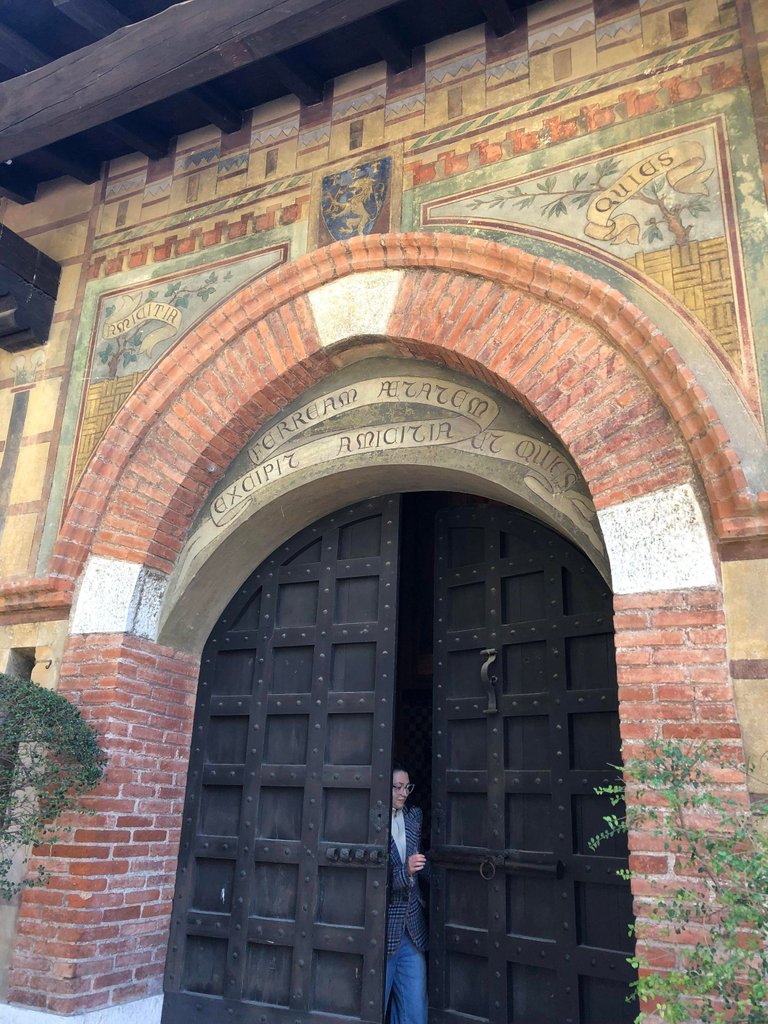
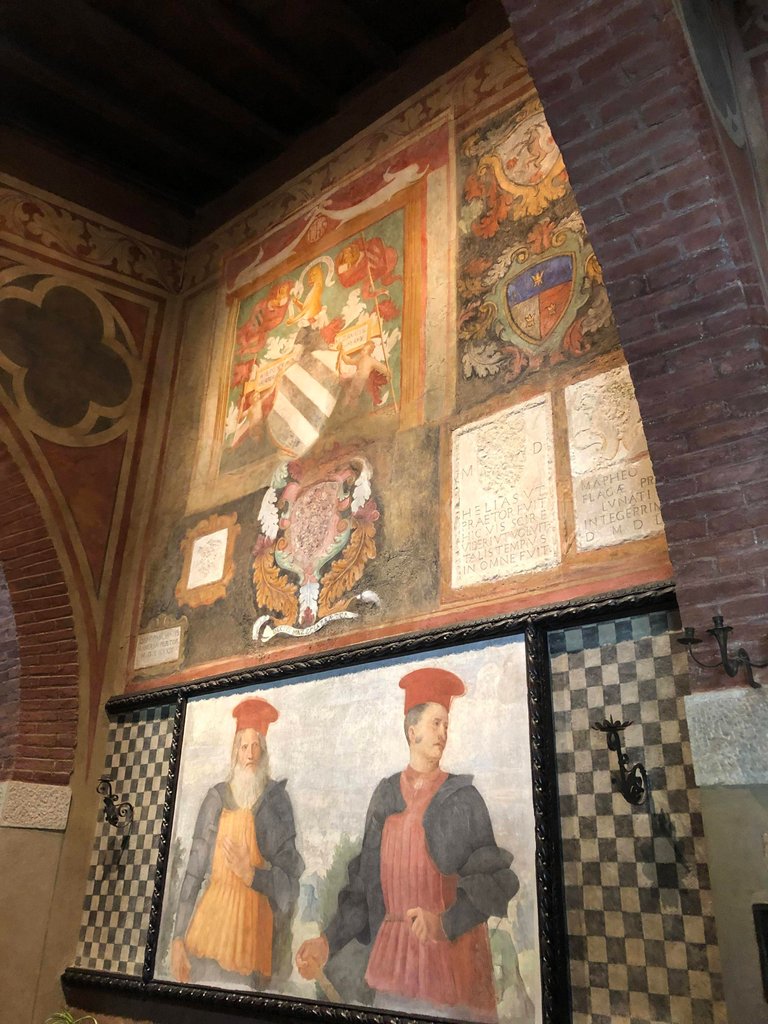

So here's why the Podestà's House is so important: not only does it represent an example of medieval architecture, but it is also a place of great cultural value thanks to its connection with Ugo da Como. Through a visit to this house-museum, in fact, it is possible to discover the life and work of this important intellectual and admire the works of art he created.
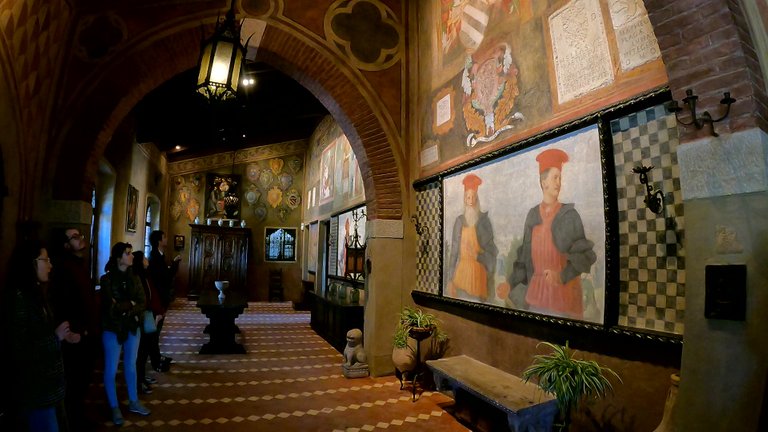
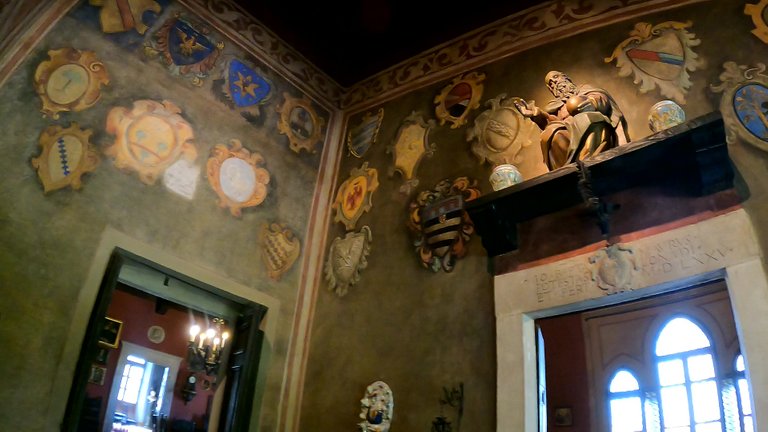

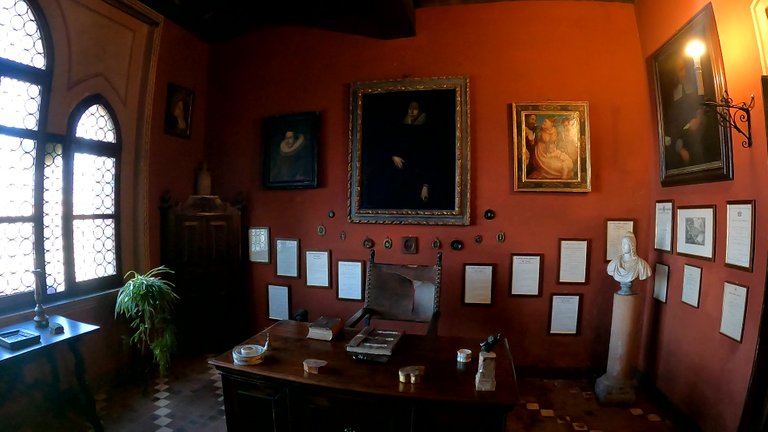
But before we talk about this museum, we need to take a few steps back. This building that you can see in the first photos was built around 1400 when these lands were under the rule of the Republic of Venice, and therefore the Doge sent a representative who lived inside this house. This went on for over 300 years, until these lands came under the rule of Venice. Then, with the arrival of Napoleon, this house was transformed into an Austrian barracks and subsequently fell into a state of abandonment where no one was interested in this place anymore.

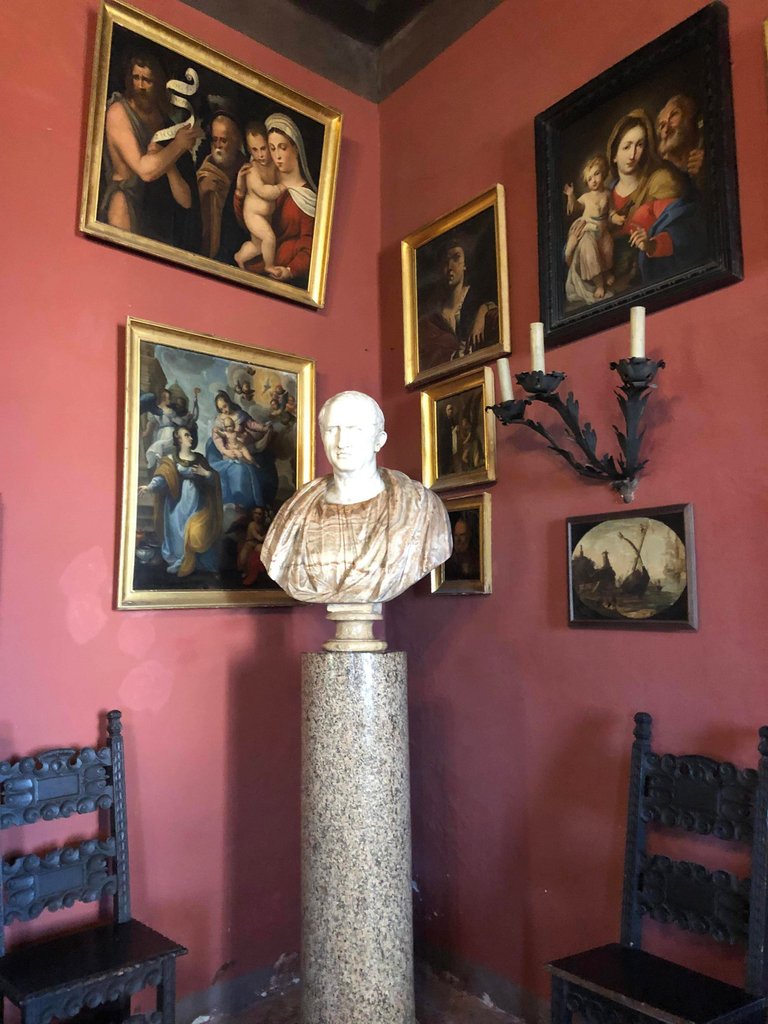
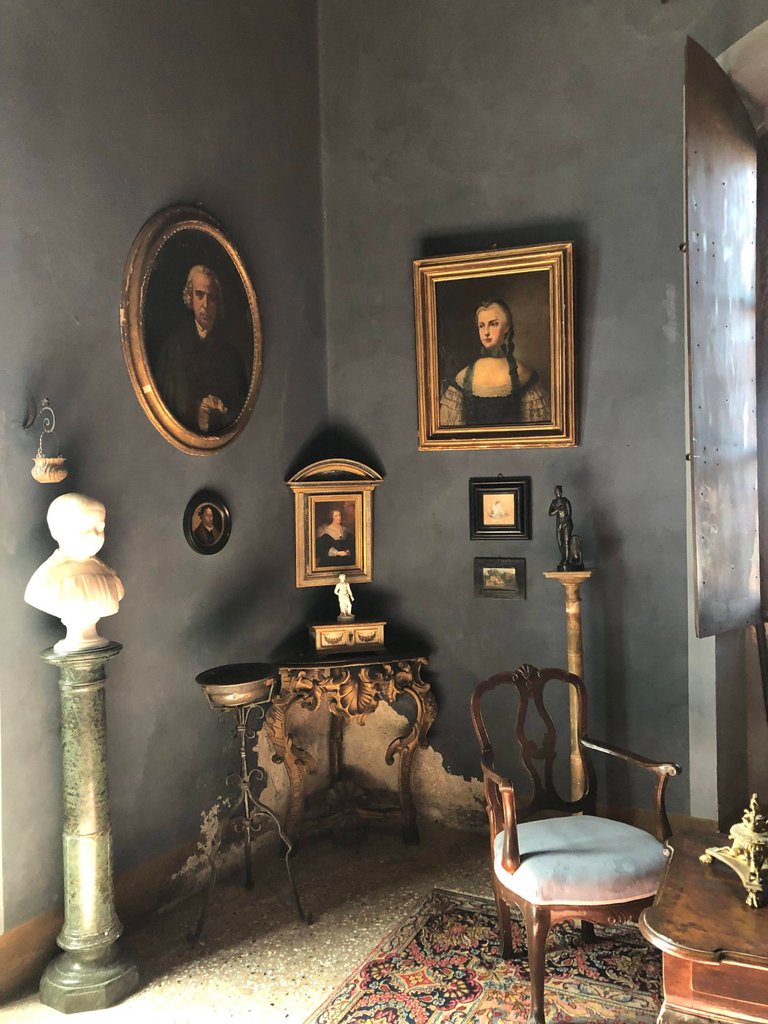
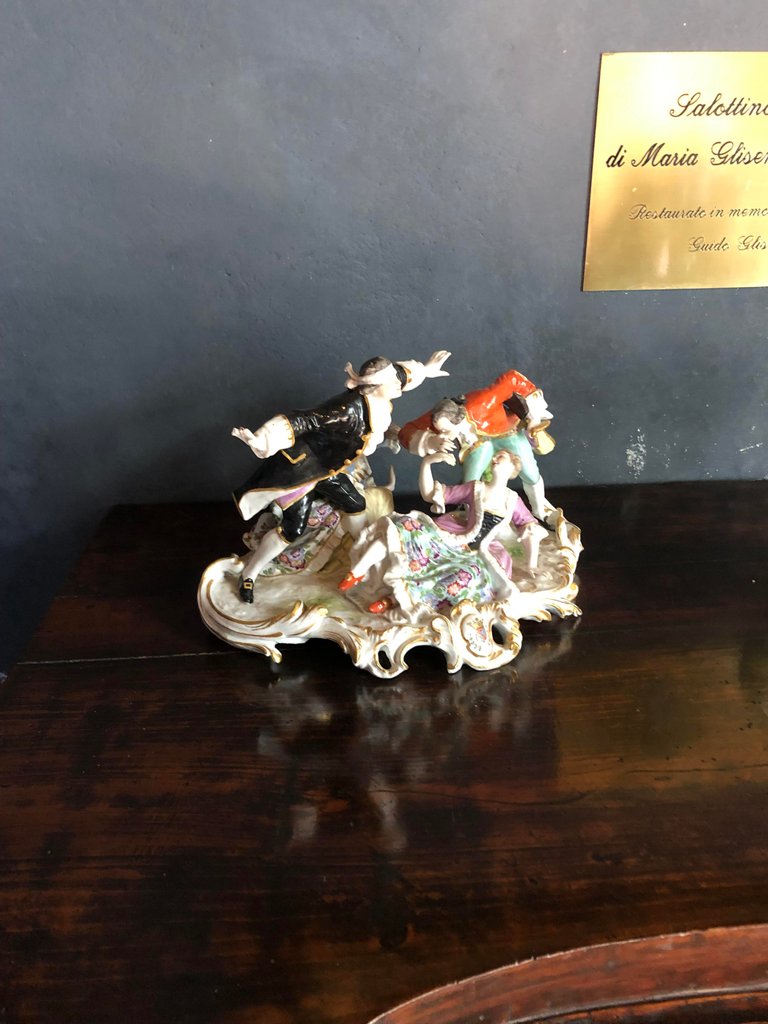
Fortunately, at the beginning of the 1900s, the house was purchased by Ugo da Como, an Italian politician and lawyer who decided to completely restore the house with the help of one of the most important architects of the time, Antonio Tagliaferri. As you can see from the other photos, he began to furnish the house as a museum, in a somewhat D'Annunzio-style, which was typical of the time. What struck me about this house is the fact that this lawyer, who traveled a lot around Italy and also had political roles, incorporated elements of the furniture he saw in his travels into his house. For example, there is also a 1400s staircase from another building that he brought home and had incorporated into this museum house.
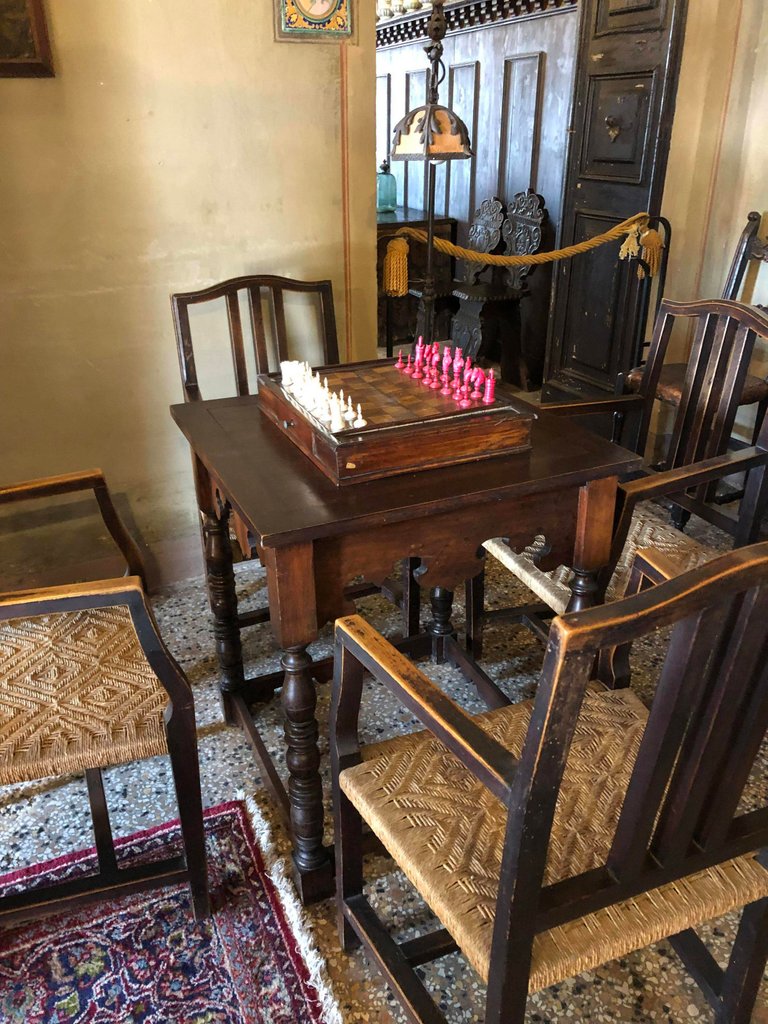

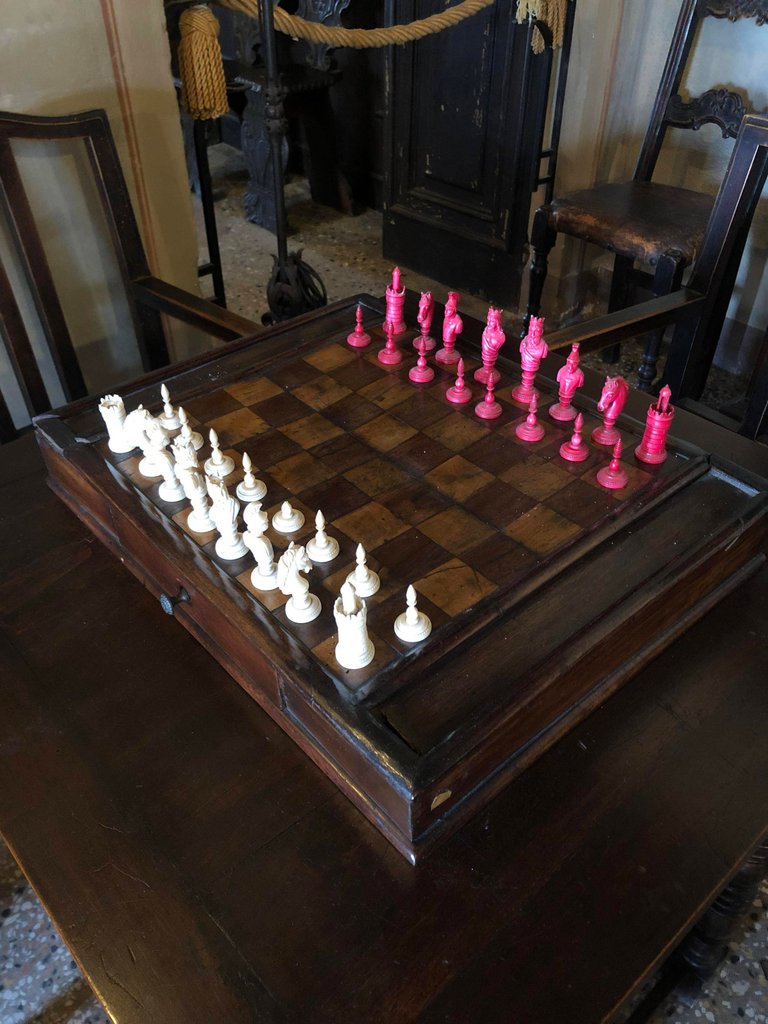

The house was inhabited by Ugo da Como and his wife until around 1940, when the foundation was created and the place became a museum.
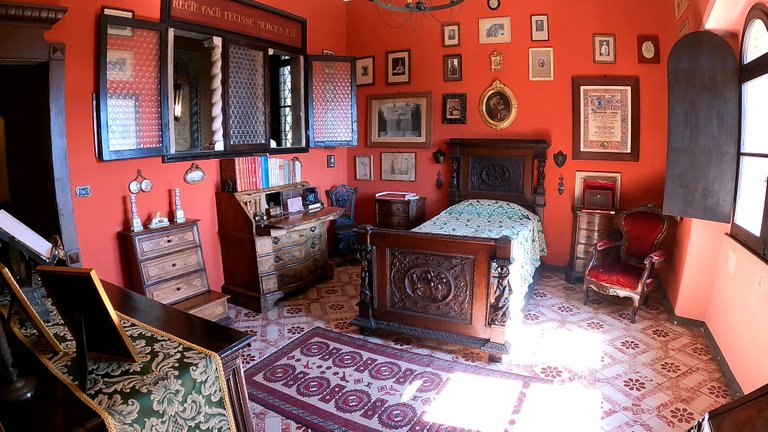
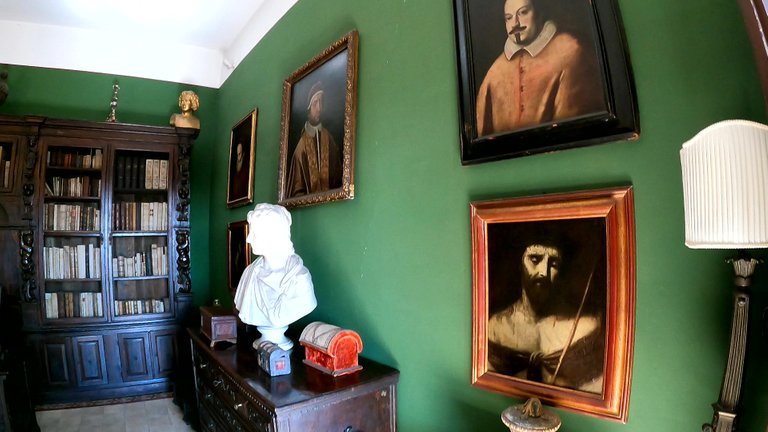
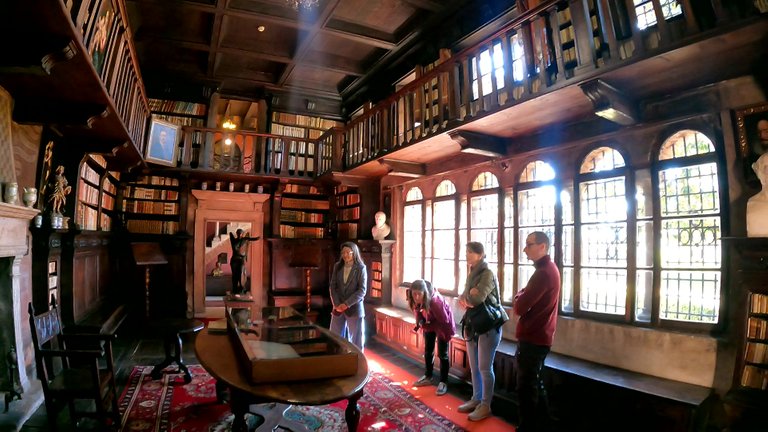
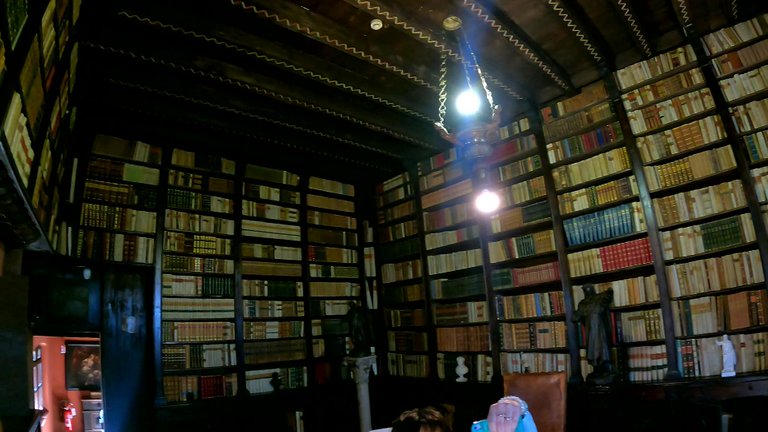
In my opinion, the real gem of this place is the library house that preserves over 50,000 volumes, including truly important books, in fact, the most important ones that can be found in Northern Italy. Among these, I also had the chance to see one of the smallest books in the world, which was part of a series of pocket books that were an innovation for the time and were used during the travels of the lawyer, who often went to Rome as he later became a deputy of the Republic.
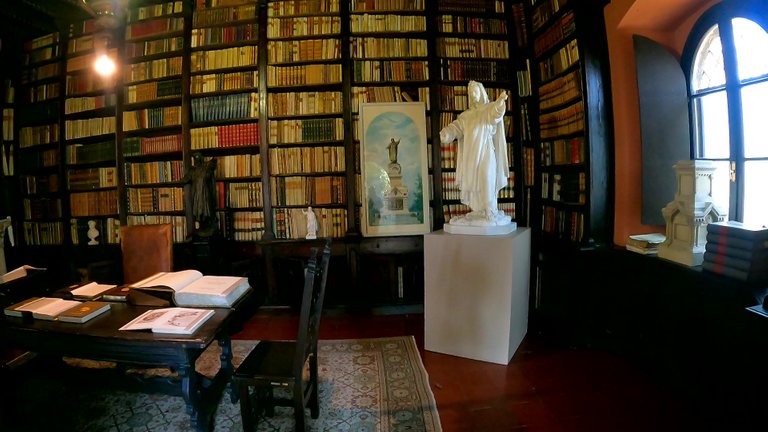
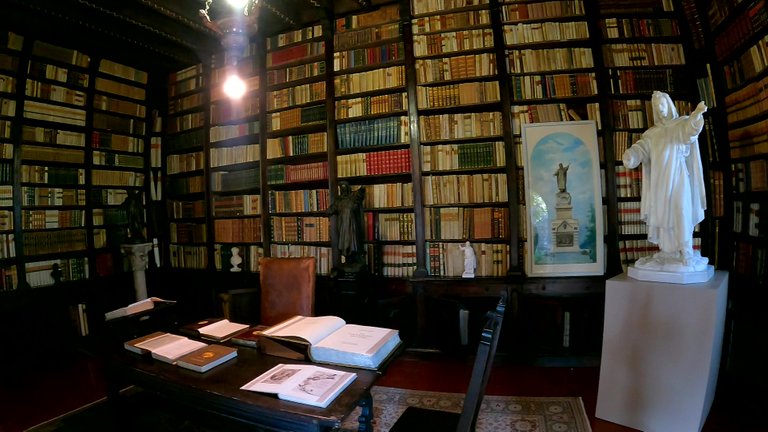
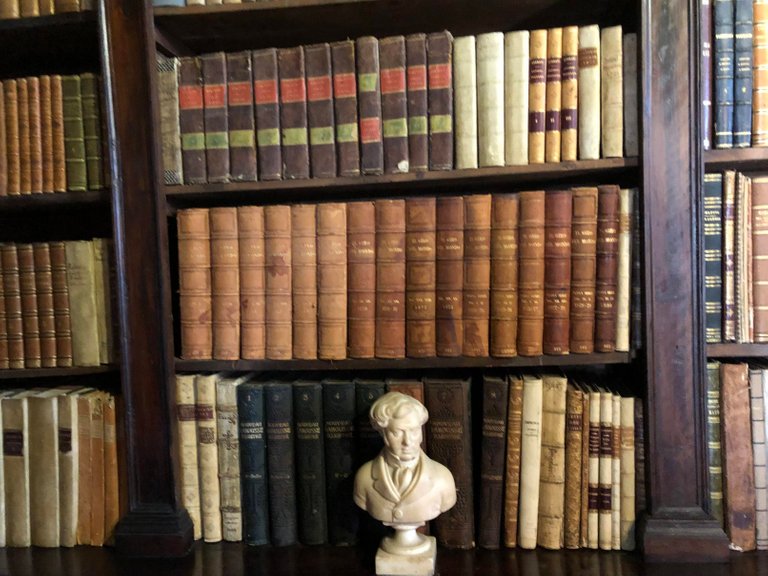
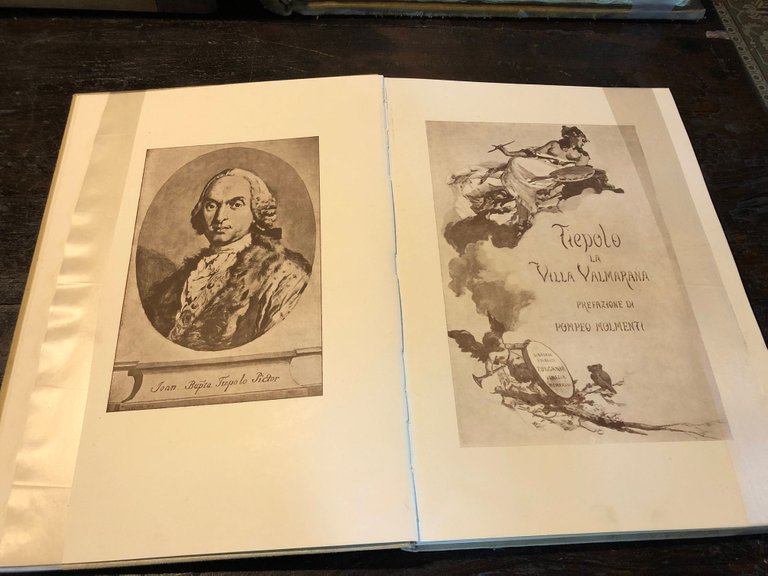
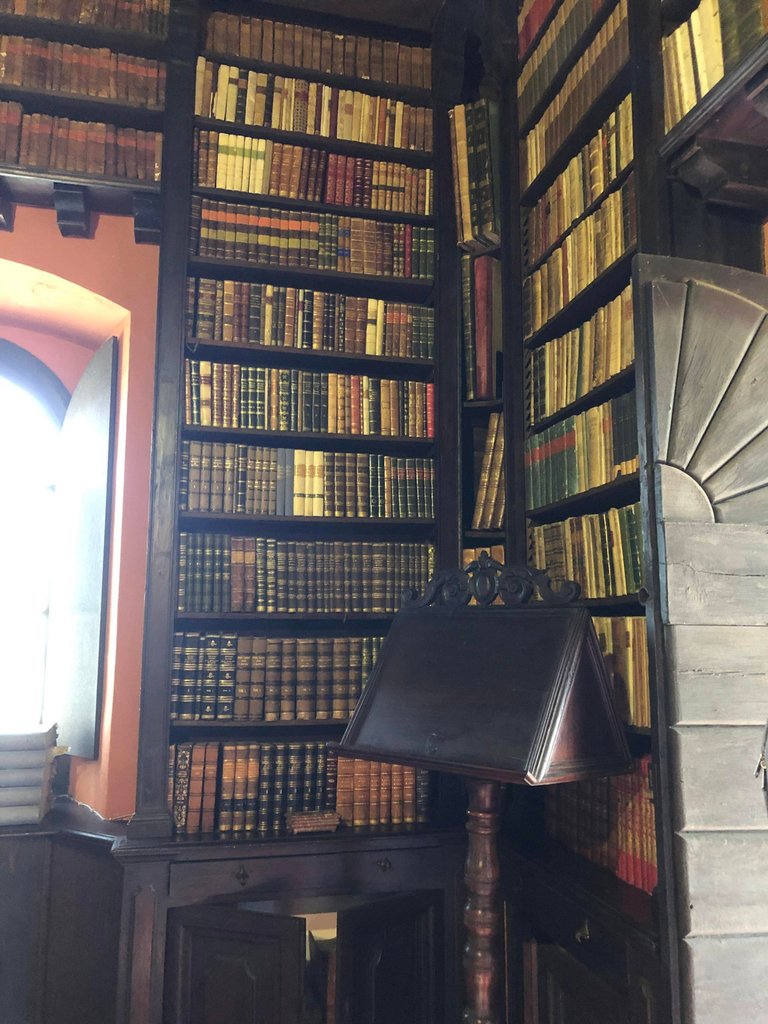

I was fortunate enough to take this tour with a guide, going room by room where they explained the history of each room and how it was used. The thing that struck me the most was the original furnishings with period objects, some really unique things. For example, in the first rooms, the fireplaces were fake because they were not equipped with a chimney and were only used as decoration. Actually, at the beginning, this house was like a vacation home that was only used by the lawyer during the summer months, as his main residence was on the main street of Brescia.



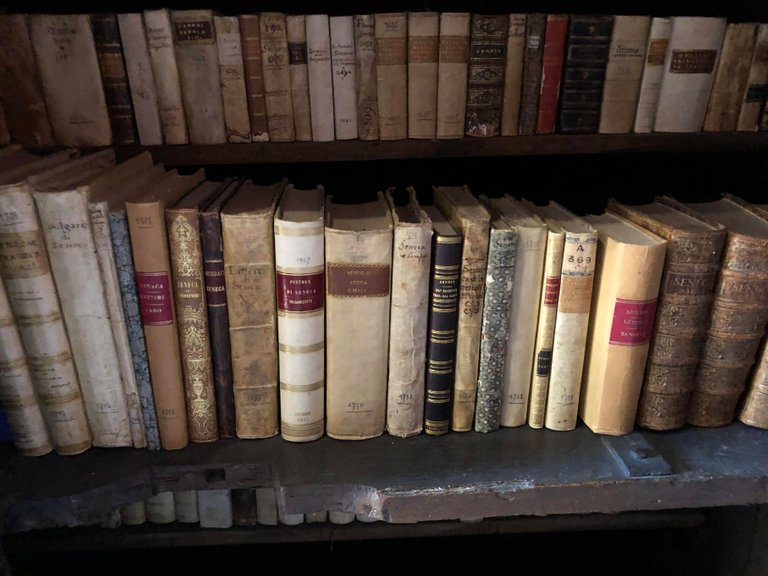

There was also an exhibition dedicated to Tiepolo's drawings within this museum tour. In a room inside the Casa del Podestà, there are 11 etchings representing the whims invented by Giambattista Tiepolo. These drawings arrived at this museum house not because the lawyer Ugo dal Comune purchased them directly, but thanks to another Senator named Pompeo Molmenti, who was also the executor of Ugo da Como's will. Pompeo Molmenti was one of Ugo da Como's dearest friends, and it is said, but this still needs to be verified, that he was the one who invented the famous Chiaretto, a wine that is among the most important of Lake Garda.
I didn't go into much detail about the interior of each room, because I hope that each of you will have the opportunity to visit this place, because it really deserves it. And by the way, this foundation has also acquired the Rocca Viscontea, which you will see in other photos of mine. Unfortunately, that day, due to time constraints, I didn't have the chance to visit the Rocca Viscontea, but you can get a combined ticket for €10, where you can visit both the Casa del Podestà and the Ugo da Como Museum, as well as the Rocca Viscontea, from which you can see Lake Garda and admire the 360-degree panorama over Lonato del Garda.

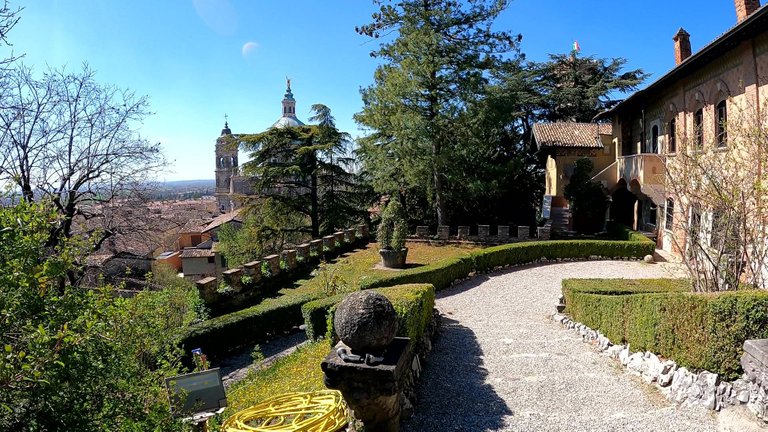
I was very impressed by this museum house and the immense culture of Ugo da Como, whose existence I was completely unaware of. He demonstrated great foresight from a cultural point of view, and what impressed me the most is undoubtedly the library, with its numerous ancient and valuable volumes. I appreciated the fact that Ugo da Como did not limit himself to trying to enrich himself personally, but instead thought about the context in which he lived, preserving numerous artistic and architectural treasures and bringing them to us.
Reading about the lives of people like Ugo da Como, you understand a different attachment to the homeland, compared to that of today's politicians who often abuse the term "patriot". Returning to the artistic topic, I highly recommend visiting this place because the entrance ticket is almost a gift for what you have the opportunity to see. I hope you enjoyed my photos and found my story interesting. See you in the next post and have a good day everyone.
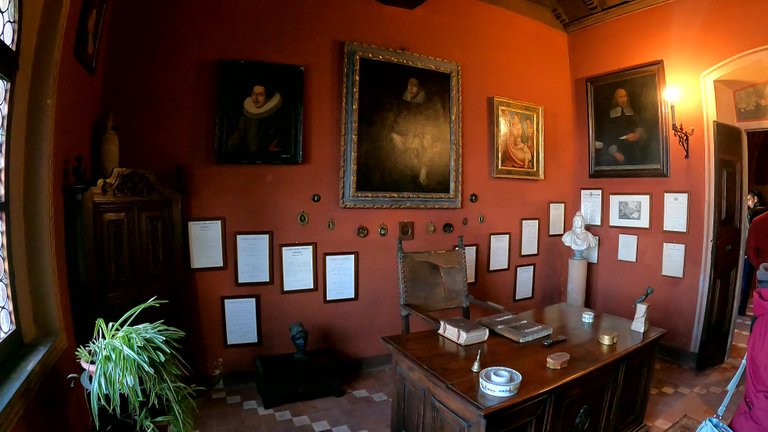
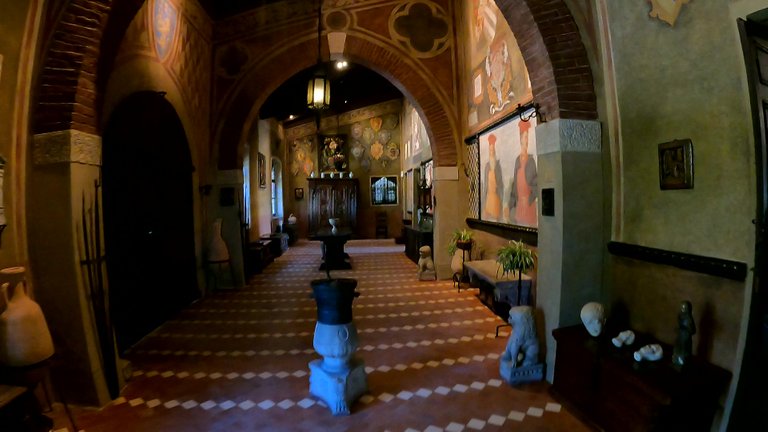
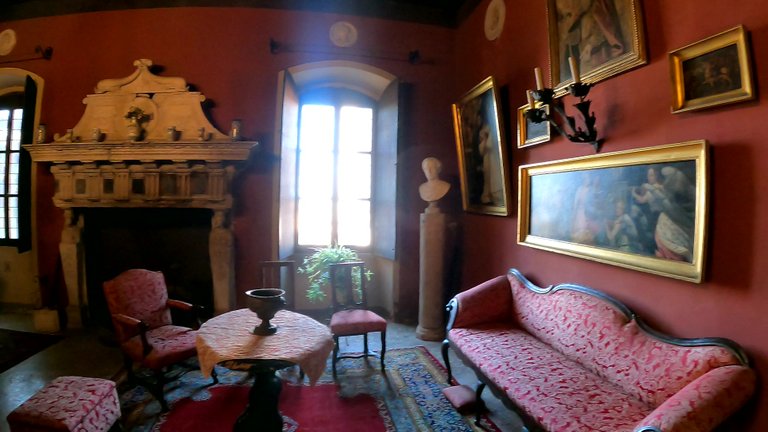
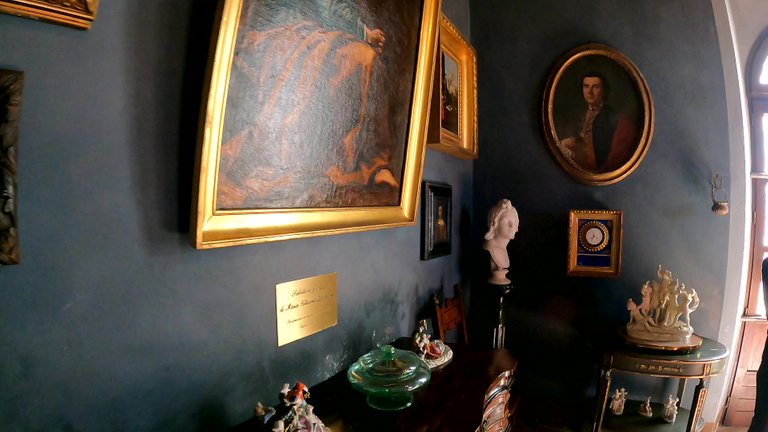
Below you will find all the useful information for a possible visit, including the official website of the Ugo da Como Foundation, where you can book tickets and read about the history of this foundation and its founder.
Thank you for reading this post until the end. This will be the first of many other posts I will make about these days of Fai. I practically had the opportunity to see three places that day, and so I will share with you the photos and my impressions about these points of interest.
I wish you a good day and see you soon!



